You never know when an emergency will arise at your business, so it is smart to plan ahead by putting some safeguards in place. By using a panic button, you have a way of quickly and easily alerting others and letting them know an emergency has occurred.
The Panic/Holdup button is an initiating device that is used in a panic system, and located (concealed) under counters, under desktops, and inside walk-in freezers.
When a user activates the Panic/Holdup button, it sends a data message to the system control panel for processing.
When the Panic/Holdup button is reset, it sends a data message to the panel, indicating that it is in a normal condition. Users see status and alarms from the sensor at the local keypad. The control panel can also send a message to the monitoring station.
The alarm monitoring center can arrange for a Panic button’s message policies to contact different people for different reasons. Because the Panic Button is addressable, it not only sends an emergency message, but instead sends a “Kind of emergency.”
Examples of those who you could notify are: the client’s management staff, police, ambulance, onsite medical staff, onsite guards, or a specific individual.
 Reasons to Choose this Panic/Holdup Button
Reasons to Choose this Panic/Holdup Button
The Panic/Holdup button provides some important advantages.
- It minimizes the need for additional power supplies because of its low current draw.
- The Panic/Holdup button uses an ultra-quiet activation switch for the most silent operation.
- The button is encased in a brushed stainless steel enclosure.
- The button is addressable, so it provides a specific identification, along with status.
- The Panic/Holdup button provides a subtle trigger indicator.
Locate Panic/Holdup buttons under counter tops and desktops in applications like cash payment centers, banks, retail stores, and public processing centers.
See more here: http://www.security.honeywell.com/star/HSCE_Files/Files/E-I-PanicHoldupButton.htm
Give us a call at 1-800–988–2378 sales@bestsecurityproducts.com



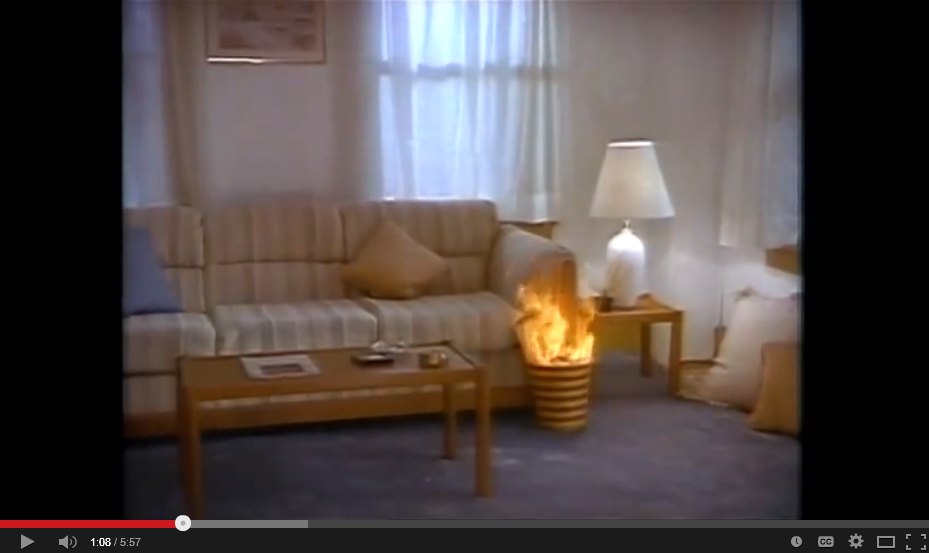

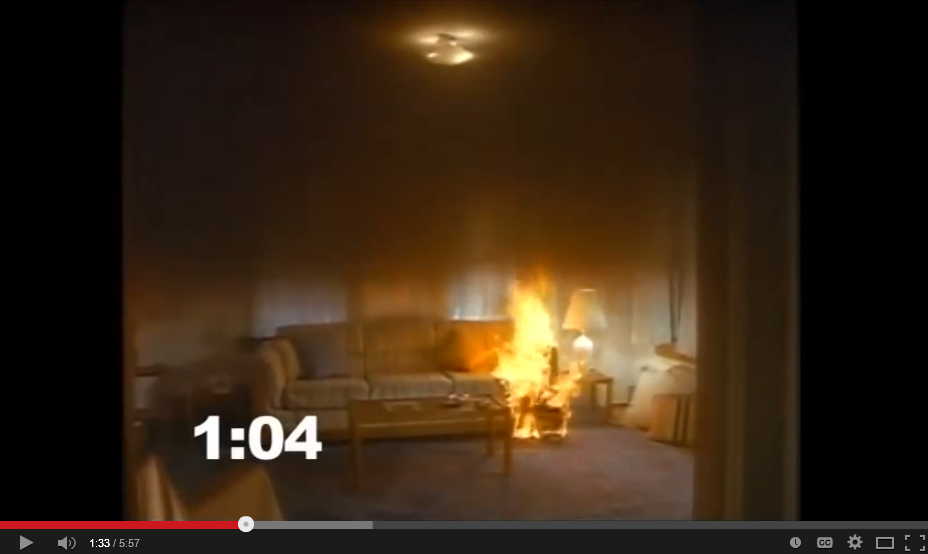
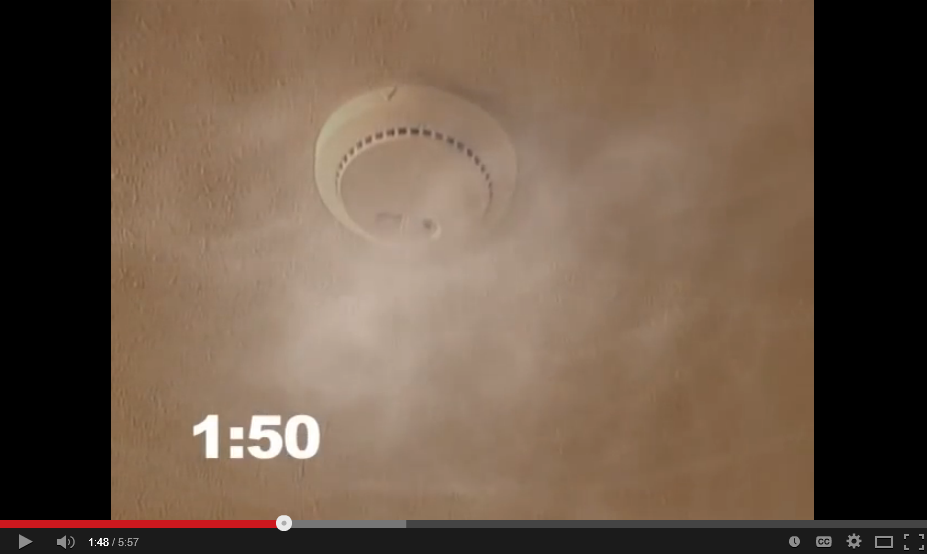
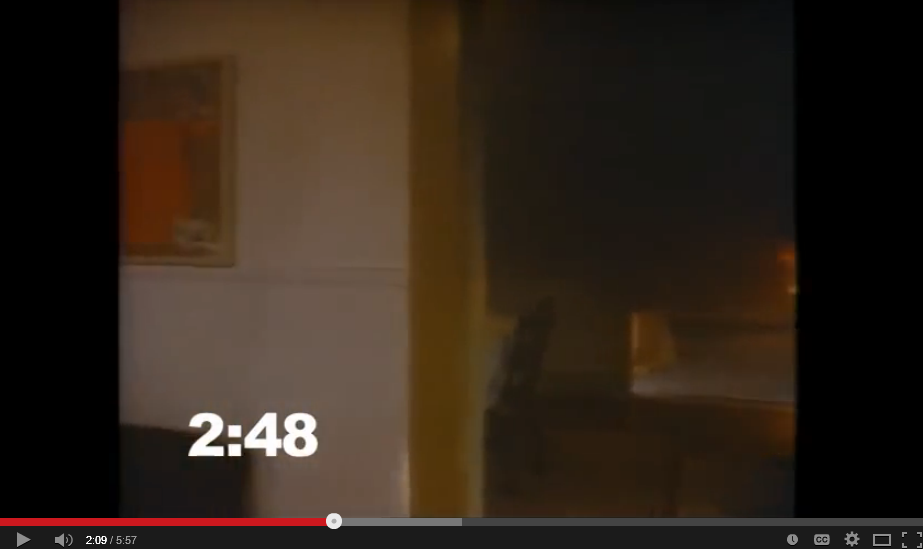
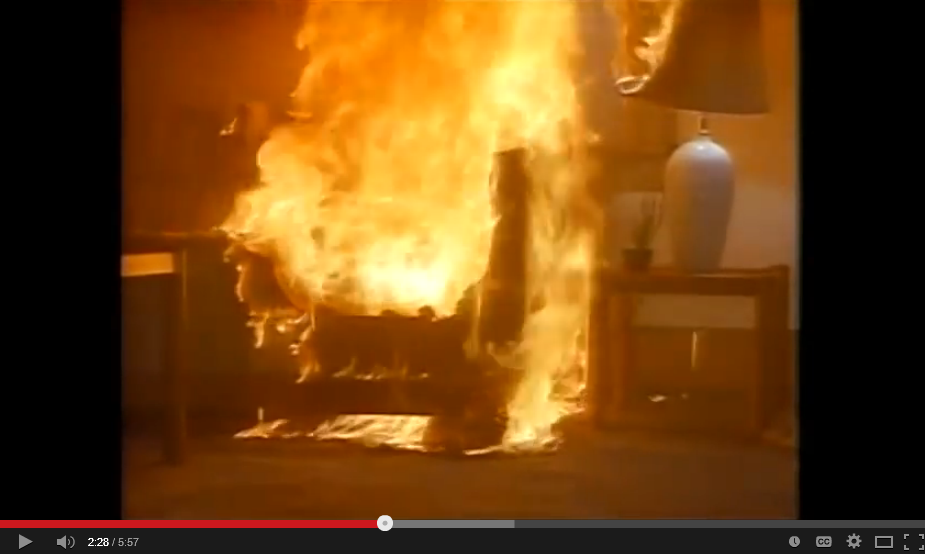


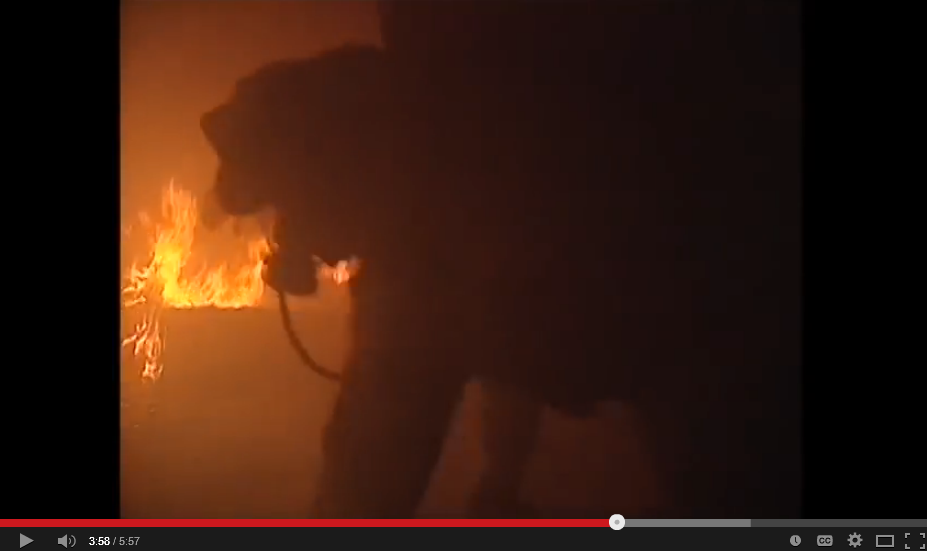


 In 1993 Best Security Products began with the goal to provide the most current and best home security products and services and the best business security systems in the security industry today.
In 1993 Best Security Products began with the goal to provide the most current and best home security products and services and the best business security systems in the security industry today.